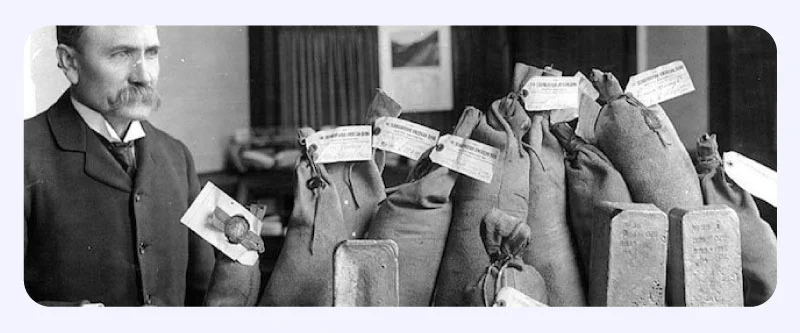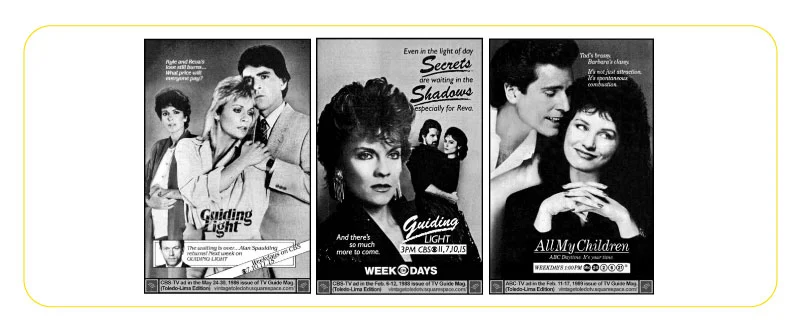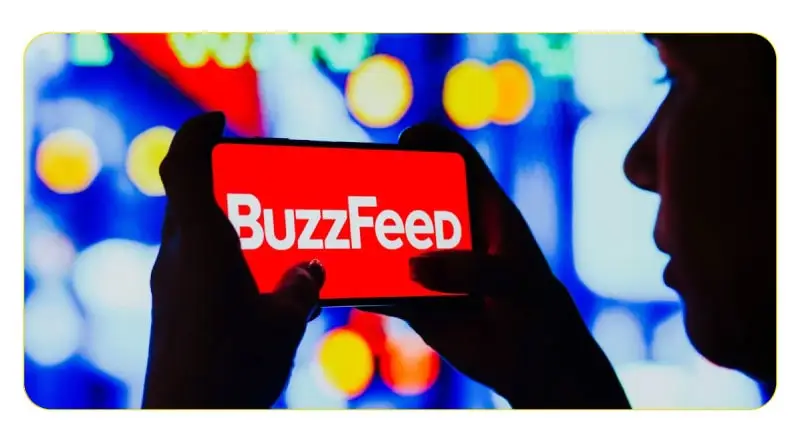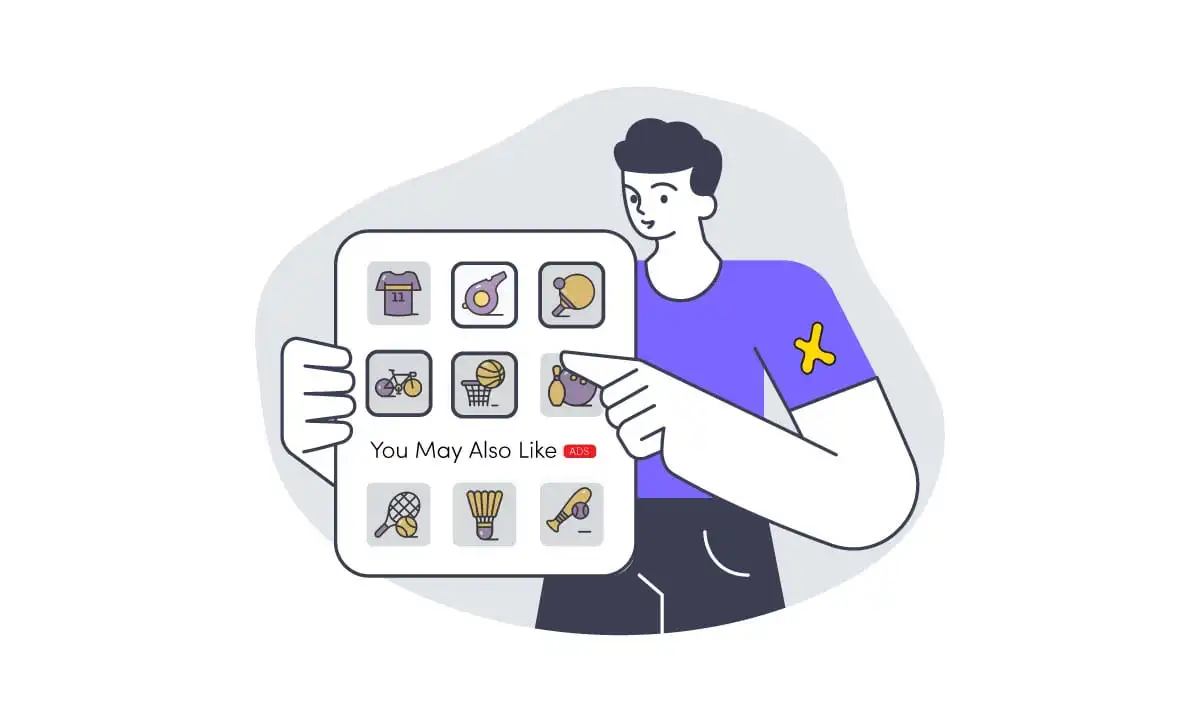Native advertising is everywhere – the sponsored posts in your social media feed, the “recommended content” at the bottom of your favorite news website, and even the product placement in your favorite TV show. But did you know that the concept of native advertising has been around for centuries? From the earliest days of civilization, humans have been using native advertising to promote their products and services.

In fact, ancient civilizations like the Egyptians and Romans utilized crude forms of native advertising to promote their wares, including painting advertisements on the walls of buildings and creating public announcements on stone tablets. So, the next time you see a sponsored post on social media, remember that native advertising has a rich history that dates back to the beginning of human communication.
Native advertising has become a popular marketing strategy, but what is native advertising exactly? Native advertising refers to sponsored content that blends in with the editorial content of a platform. While it can be an effective way for brands to reach their target audience, there are pros and cons to using native advertising. To truly understand its potential, it’s essential to know its history. In this article, we’ll explore the evolution of native advertising from ancient times to modern trends, examining both the advantages and disadvantages of this advertising approach.
Native advertising has become an increasingly important part of the modern advertising landscape, as brands look for more effective ways to reach their target audiences. But to truly understand the power and potential of native advertising, it’s essential to know its history. From its earliest roots in print media to the rise of digital advertising and influencer marketing, the history of native advertising is a fascinating story of innovation and evolution. In this article, we’ll explore the history of native advertising, tracing its evolution from ancient times to modern trends, and examining the impact it has had on the world of marketing.
Native ads are older than you think
Even though native ads have gained significant importance in the last couple of decades, early native advertising actually dates back to ancient civilizations, where people used various means to promote their products and services. One of the earliest examples of native advertising can be traced back to the cave paintings of Lascaux, France, created over 15,000 years ago. These paintings not only depicted hunting scenes but also included images of animals that were likely used for commercial purposes, such as trade or sale.
Similarly, the ancient Egyptians used hieroglyphics to advertise their goods and services. For example, they used images of people using makeup and perfumes in their daily lives to promote these products. The Egyptians also used papyrus scrolls to advertise various products, such as medicine and food.

In ancient Greece, merchants would often commission poets to create songs and verses about their products, which were then sung in public places to attract customers. This was an early form of native advertising that used the power of storytelling and entertainment to engage with potential customers.
In Rome, merchants would advertise their wares on public walls and buildings, and even in the form of inscriptions on tombstones. These inscriptions would often include information about the product, its benefits, and where it could be purchased.
When you look at the history of native advertising, you see that the earliest instances of native advertising were a creative and innovative way of promoting products and services, using various forms of communication and art. These early examples demonstrate the effectiveness of storytelling, images, and entertainment to engage with potential customers, a principle still true in modern native advertising.
Native advertising in the modern age
The modern era brought about a significant shift in how native advertising was used, with the rise of print, radio, television, and digital media. In the early 20th century, newspapers began to include “advertorials” – advertisements designed to look like editorial content – to promote various products and services. These advertorials were usually written in a more informative and less sales-focused tone, which made them more effective at capturing readers’ attention. Magazines also began to include native advertising in the form of sponsored articles and product placements.
The emergence of soap operas
In the 1920s, radio became a popular form of entertainment and a new way for advertisers to reach audiences. Native advertising in radio came in the form of sponsored programming, where advertisers sponsored entire radio shows or segments within a show. The programming was designed to integrate with the sponsor’s brand and message, giving the impression that the content was a natural extension of the show.
One of the most successful examples of this type of native advertising was the soap opera, which was so named because it was often sponsored by soap companies. Soap operas were daytime radio dramas that aired during the day when homemakers were most likely to be listening. The shows were designed to appeal to the target audience of women, and the storylines often revolved around relationships, family drama, and household issues.

The soap operas were a huge hit with audiences, and the advertisers quickly recognized the power of this type of native advertising. They began to create their own shows and sponsor existing ones, with brands like Procter & Gamble and Lever Brothers becoming major players in the industry. By the 1950s, soap operas had made the transition to television, where they continued to be popular for several decades.
The success of soap operas demonstrated the power of native advertising in reaching audiences in an engaging and entertaining way. This trend has continued in modern-day native advertising, with brands using various forms of storytelling and entertainment to engage and build relationships with their audiences.
In the 1920s and 1930s, the use of product placements became increasingly popular in Hollywood movies, which often featured well-known brands and products. This trend continued into the 1950s and 1960s when television became the dominant form of entertainment and advertising.
Modern native advertising
With the advent of the internet, native advertising evolved yet again. Digital publishers began to offer sponsored content and native advertising, which blended seamlessly with the editorial content on their sites. Social media platforms like Facebook and Twitter also began to offer sponsored posts and promoted tweets, which allowed brands to reach a wider audience through targeted advertising.

Today, native advertising continues to evolve in new and exciting ways. Brands are experimenting with new formats, such as branded podcasts and immersive video experiences, to engage with consumers in more meaningful ways. With the rise of augmented and virtual reality, we can only imagine what the future holds for native advertising.
The rise of sponsored content
As consumers became more savvy and skeptical about traditional forms of advertising, brands began to look for new ways to connect with their audiences. This led to the emergence of sponsored content – a form of native advertising that involves creating content that is sponsored by a brand but looks and feels like editorial content.
Sponsored content can take many forms, including articles, videos, podcasts, and social media posts. The key is that the content is designed to provide value to the reader or viewer, rather than simply promoting a product or service.
One of the early pioneers of sponsored content was the website BuzzFeed, which launched in 2006. BuzzFeed’s early success was built on its ability to create shareable content that people wanted to read and share with their friends. In 2013, BuzzFeed launched its native advertising platform, which allowed brands to create sponsored content that blended seamlessly with BuzzFeed’s editorial content.

Since then, sponsored content has exploded in popularity, with many digital publishers offering sponsored content as a way for brands to reach their audiences. Social media platforms like Instagram and TikTok have also become popular channels for sponsored content, with influencers and creators partnering with brands to create content that resonates with their audiences.
The success of sponsored content can be attributed to its ability to provide value to both the brand and the audience. Brands are able to reach their target audiences in a more authentic and engaging way, while audiences are able to consume content that is informative, entertaining, and relevant to their interests.
What does the future hold for native advertising?
The future of native advertising looks bright, with new technologies and platforms emerging that will make it easier than ever for brands to connect with their audiences in authentic and engaging ways. Augmented reality, voice assistants, and artificial intelligence are just a few of the technologies that are poised to transform the world of native advertising.
One of the key trends in the future of native advertising is personalization. Brands will be able to use data and insights to create highly targeted and personalized content that resonates with individual consumers. This will require a shift away from one-size-fits-all content and a focus on creating content that is tailored to specific audiences.
Another trend is the rise of user-generated content, which involves brands partnering with their customers to create content that is authentic and engaging. This can include things like social media contests, customer reviews, and user-generated videos.
Ultimately, the future of native advertising will be about creating content that provides value to both the brand and the consumer. Brands will need to focus on creating content that is informative, entertaining, and relevant to their audiences, while also staying true to their brand values and messaging. By doing so, they will be able to build stronger relationships with their audiences and drive business results for years to come.
Conclusion
Native advertising has come a long way from its early roots in print media to become a dominant force in the modern advertising landscape. As consumers continue to demand more authentic and engaging content, native advertising will likely continue to evolve, with new technologies and platforms emerging to help brands connect with their audiences in meaningful ways. Whether it’s through sponsored content, influencer partnerships, or user-generated content, the future of native advertising will be about creating content that provides value to both the brand and the consumer.
FAQs
What is the history of advertising?
Advertising has a long history, dating back to ancient civilizations when merchants would advertise their wares. In modern times, advertising has evolved significantly, with the rise of mass media and digital advertising.
What is native advertising also known as?
Native advertising is also known as sponsored content, branded content, or advertorial.
When did native advertising start?
Native advertising has been around for a long time, but the modern form of native advertising can be traced back to the early 20th century, with the rise of advertorials in print media.
How has native advertising evolved over time?
Native advertising has evolved significantly over time, with the rise of new technologies and platforms. It has moved beyond print media to encompass digital advertising, influencer marketing, and user-generated content. As consumers demand more authentic and engaging content, native advertising will likely continue to evolve to meet their needs.
What is the oldest form of native advertising?
The oldest form of native advertising can be traced back to ancient times when merchants would advertise their goods using signs, posters, and other forms of visual media.







 Facebook Ads Spy Tool
Facebook Ads Spy Tool TikTok Ads Spy Tool
TikTok Ads Spy Tool